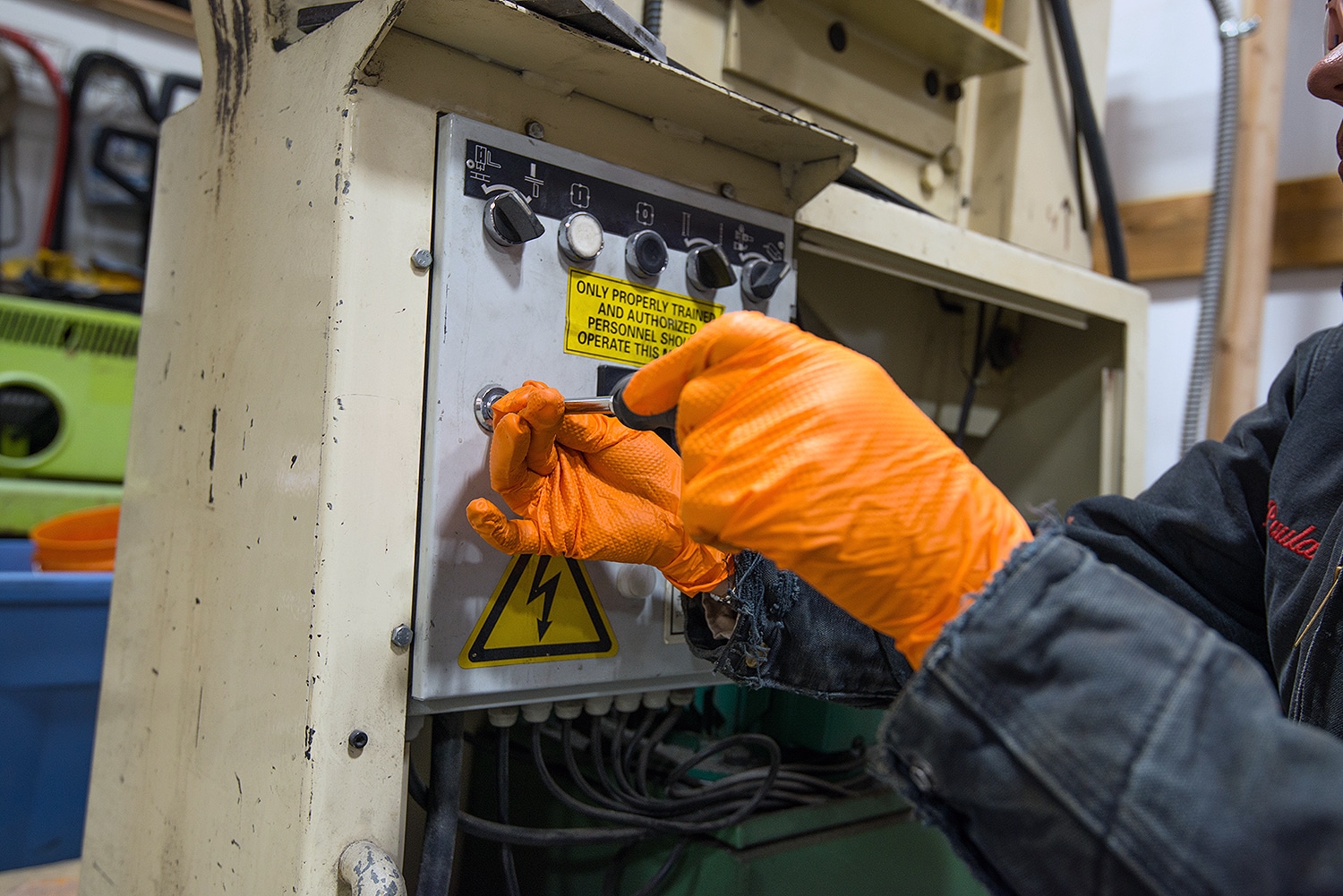
Throughout 2023, due to higher interest rates in the United States, the U.S. dollar exchange rate has been strong when compared with Asian currencies—and that helped to keep glove prices lower. The dollar exchange rates are now off their highs, which will erode the buying power of U.S. buyers.
This is all the more reason to order early and fill your inventory before outside factors complicate the market. AIC boasts a 98%-plus fill rate on its top products, so you stand to take advantage of an excellent opportunity.
Oil prices, which have a direct effect on the disposable glove market, have remained stable recently as the market has absorbed several surprising geopolitical developments in 2022 and 2023. Most forecasts predict higher demand for oil in the short and medium term.
There’s more to it than a crystal ball
Among the challenges of disposable glove distribution is the necessity to forecast client demand 6 to 9 months in advance due to the length and complexity of the supply chain. This is difficult to do at scale, which can impact fill rates.
The outlook for global container shipping companies continues to be challenging, according to Drewry’s container forecaster, which had predicted an industry-wide $15 billion loss for 2024.
Global shipping rates are skyrocketing, however—new data from Freightos Terminal just released shows that rates for shipping goods from Asia to Northern Europe surged 461% compared to mid-October, before the diversion of vessels in the region began.
These are dangerous times
The shipping situation is exacerbated by global political and military climates, particularly involving the Red Sea and Suez Canal. Between Ethiopian pirates and Houthi rebels attacking unarmed commercial vessels, war between Israel and Hamas, and the continuing conflict in Ukraine, some shippers are reluctant to put their vessels in harm’s way.
The Red Sea situation is especially troublesome for international shippers who normally send cargoes from Southeast Asia to the U.S. East Coast. If commercial ships cannot be assured of safe passage, the only options are to sail south around the Cape of Good Hope in South Africa, which adds at least 10 days to the voyage, or send goods to the U.S. West Coast and then place them on trains or trucks heading east. Either way, such a disruption will affect fill rates and add expensive delay costs to every shipment.
The disruption to traffic via the Red Sea/Suez Canal route could continue for months, bringing higher freight costs and delivery delays that could reignite inflation. In the near term, while manufacturing costs for nitrile gloves in Asia have leveled off, selling prices in the U.S. remain dynamic.
Finally, some relief for Panama
There also has been a drought that has affected water levels in the Panama Canal, reducing the number of ships that could pass through each day. The good news here is that transit restrictions are likely lifting in January as water levels improve.
There are also challenges to domestic transport in the U.S., due to a surplus of trucks and drivers compared with the amount of freight that needs transporting. Post-pandemic spending has slowed, meaning truckers are fighting for the same loads. It’s expected that labor and logistics costs will continue to trouble domestic carriers.
Short-term volatility will always be part of the picture when it comes to disposable gloves.




